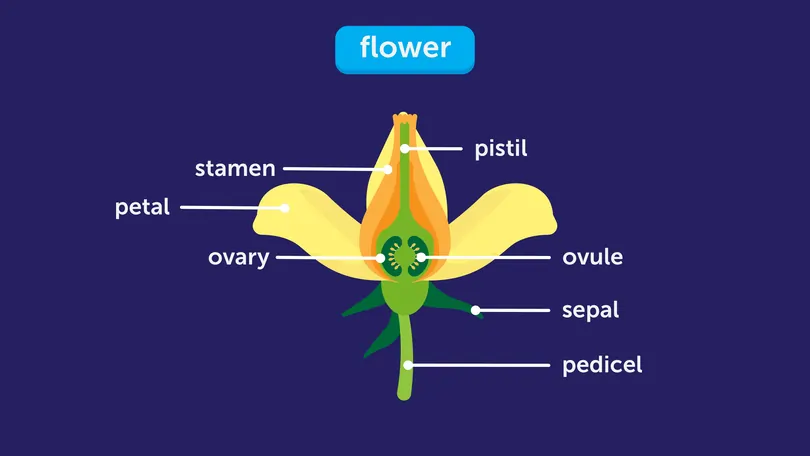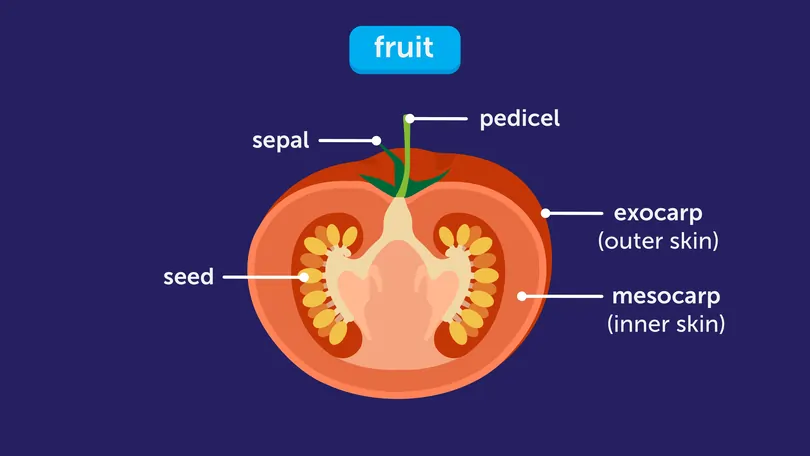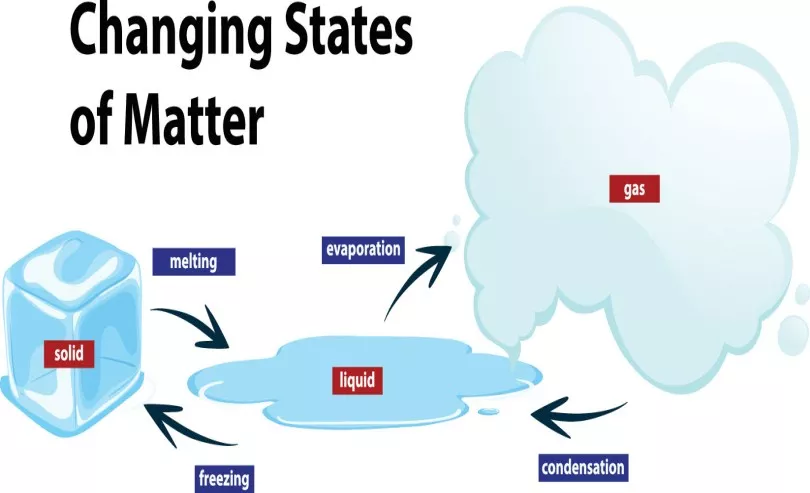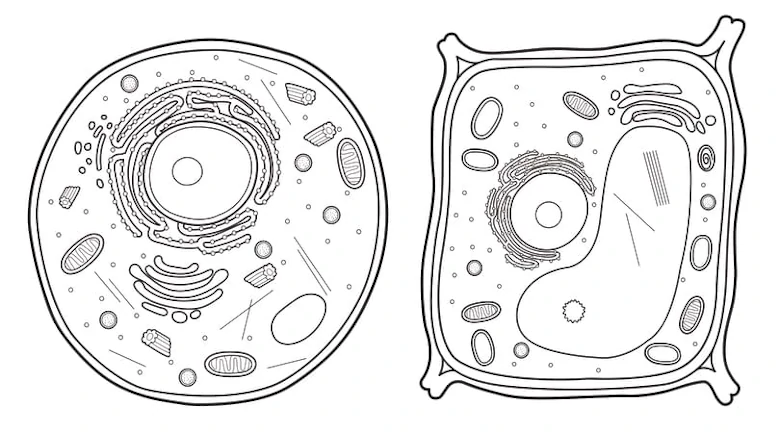A deep dive into different parts of a plant and their functions

Plants may seem still, but they're teeming with life, and to truly appreciate their beauty, we must understand their complexity. Our journey begins with the unsung heroes of plants: the root system.
Let's take a closer look, shall we?
Watch our video lesson!
Note: This video lesson on Plant Systems is just one of the many weekly GenieClass lessons you can attend from the comfort of your home. If you prefer learning in a physical classroom, check out our new tech-enhanced tuition classes at Geniebook CAMPUS.
The Root System
Functions of Roots
Roots, often hidden beneath the surface, are the silent architects of a plant's stability and vitality. Beyond providing structural support, they serve as the plant's lifeline. By anchoring firmly into the soil, they secure the plant against environmental forces. But their contributions extend far beyond physical support. Roots are nature's engineers, plunging into the earth to extract water and essential nutrients. Through a complex network of roots, these vital elements are transported to the rest of the plant, ensuring its growth and overall well-being. It's important to acknowledge that without these robust roots, a plant's existence would be precarious.
The root system is not monolithic; it encompasses several vital components:
- Primary Root: This is the central root from which all other roots originate. It provides the foundational support, akin to the plant's anchor.
- Lateral Roots: These secondary roots branch out from the primary root, extending into the soil, seeking water and nutrients.
The Stem
Importance of Stems
Stems are the plant's equivalent of a circulatory system, much like our own vascular network. These versatile structures are responsible for the transportation of water, minerals, and nutrients sourced by the roots. The stem's role transcends mere transportation; it extends to providing structural support, holding leaves and flowers aloft to optimise their exposure to sunlight. Moreover, stems are the essential link between the plant's leafy solar panels and its nutrient-rich root system, facilitating photosynthesis.
The shoot system, encompassing various elements, plays an integral role in a plant's life:
- Shoot Tip: The shoot tip, a terminal bud, is the epicentre of growth and development for the plant.
- Flower: These alluring structures are the reproductive organs, attracting pollinators for the crucial process of fertilisation.
- Flower Cluster: A group of flowers that enhances the chances of successful pollination.
- Node: The point on the stem where leaves, branches, or flowers emerge.
- Internode: The segment of the stem between two nodes.
- Compound Leaf: A leaf divided into multiple leaflets, all attached to a single petiole.
- Sucker: Shoots emerging from the base of the plant, often requiring removal.
Leaves
Leaf Functions
Leaves, often lauded as the plant's solar collectors, are the epicentres of photosynthesis, a miraculous process by which plants harness the sun's energy to synthesise their food. Their broad, flat surfaces are exquisitely designed to capture sunlight. Tiny pores, called stomata, facilitate gas exchange, allowing the intake of carbon dioxide and the release of oxygen. In essence, leaves are the primary factories where energy, in the form of glucose, is synthesised to sustain the plant's existence. Their significance transcends the plant realm, as the oxygen they produce is vital for all life on Earth.
Flowers

Anatomy of a Flower
Flowers, renowned for their beauty, are intricate structures pivotal for a plant's reproduction. Understanding the different parts of a flower is key to appreciating their role in plant life.
- Stamen: The male reproductive organ, comprising the anther, which produces pollen.
- Petal: The colourful and often fragrant part of the flower, attracting pollinators.
- Ovary: The base of the pistil, which contains ovules.
- Pistil: The female reproductive organ, comprising the stigma, style, and ovary.
- Ovule: The structure within the ovary that, when fertilised, becomes a seed.
- Sepal: Leaf-like structures at the base of the flower, protecting it in the bud stage.
- Pedicel: The stem-like structure that supports the flower.
Fruits

Anatomy of a Fruit
Fruits represent the final embodiment of a plant's reproductive success, encapsulating seeds, the ultimate goal of the plant's reproductive efforts. Understanding the structure of a fruit is essential for comprehending seed dispersal.
- Sepal: The leaf-like structure that protects and supports the developing flower and, later, the fruit.
- Pedicel: The slender stalk that connects the fruit to the plant, allowing it to hang and receive nutrients from the plant.
- Exocarp (Outer Skin): The outermost layer of the fruit, often the part we consume.
- Mesocarp (Inner Skin): The middle layer of the fruit, where much of the fruit's flesh is found.
- Seed: The core of the fruit, containing the genetic information for a new plant.
In closing, our journey through the roles of different plant parts reveals a captivating tapestry of life. Roots provide stability and nourishment, stems transport resources, leaves harness the sun's energy, flowers ensure reproduction, and fruits secure the plant's future. This intricate web within the plant kingdom showcases nature's brilliance.
 SG
SG  VN
VN 












